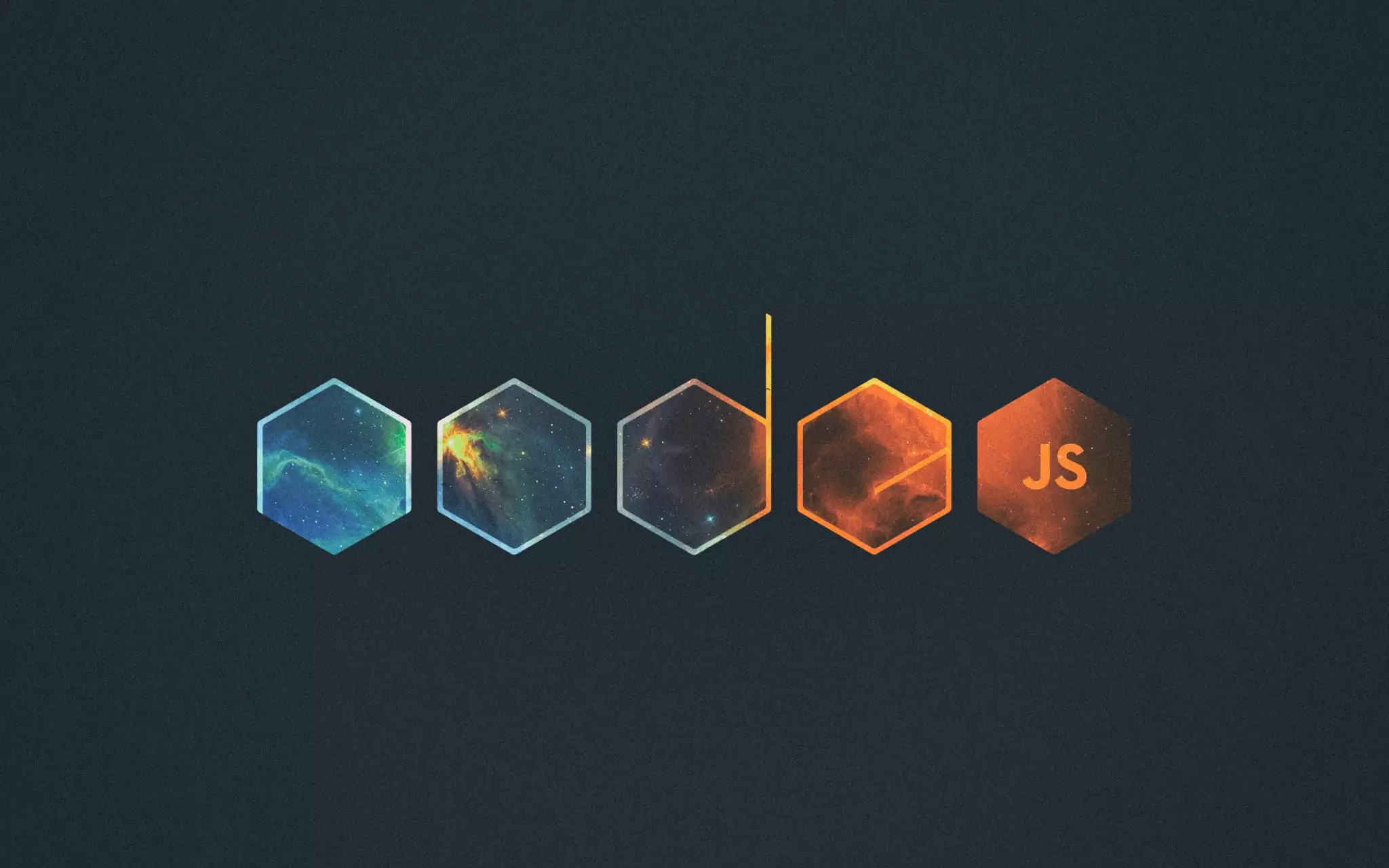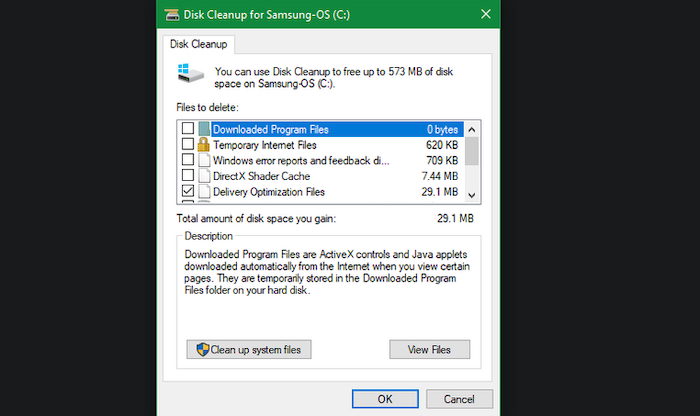

Add this to your profile: export PATH="$PATH:/opt/yarn-/bin" (the path may vary depending on where you extracted Yarn to).If Yarn is not found in your PATH, follow these steps to add it and allow it to be run from anywhere. This will point yarn to whatever version of node you decide to use. A workaround for this is to add an alias in your. Note: Due to the use of nodejs instead of node name in some distros, yarn might complain about node not being installed. Verify installation: Executing a FileĬreate a js file named main.js on your machine (Windows or Linux) having the following code.Sudo apt update & sudo apt install -no-install-recommends yarn Restart any open command prompts for the change to take effect. The installer should set the C:\Program Files\nodejs\bin directory in window's PATH environment variable. By default, the installer uses the Node.js distribution in C:\Program Files\nodejs. Use the MSI file and follow the prompts to install the Node.js. $ mv node-v6.3.1-linux-圆4/* /usr/local/nodejsĪdd /usr/local/nodejs/bin to the PATH environment variable. Installation on UNIX/Linux/Mac OS X, and SunOSīased on your OS architecture, download and extract the archive node-v6.3.1- into /tmp, and then finally move extracted files into /usr/local/nodejs directory. At the time of writing this tutorial, following are the versions available on different OS. Download Node.js archiveĭownload latest version of Node.js installable archive file from Node.js Downloads. Node.js distribution comes as a binary installable for SunOS, Linux, Mac OS X, and Windows operating systems with the 32-bit (386) and 64-bit (amd64) x86 processor architectures.įollowing section guides you on how to install Node.js binary distribution on various OS.


The Node.js interpreter will be used to interpret and execute your javascript code. The source code written in source file is simply javascript. js".īefore starting your programming, make sure you have one text editor in place and you have enough experience to write a computer program, save it in a file, and finally execute it. The source files for Node.js programs are typically named with the extension ". The files you create with your editor are called source files and contain program source code. For example, Notepad will be used on Windows, and vim or vi can be used on windows as well as Linux or UNIX. Name and version of text editor can vary on different operating systems. Examples of few editors include Windows Notepad, OS Edit command, Brief, Epsilon, EMACS, and vim or vi. If you are still willing to set up your environment for Node.js, you need the following two softwares available on your computer, (a) Text Editor and (b) The Node.js binary installables. For most of the examples given in this tutorial, you will find a Try it option, so just make use of it and enjoy your learning.


 0 kommentar(er)
0 kommentar(er)
